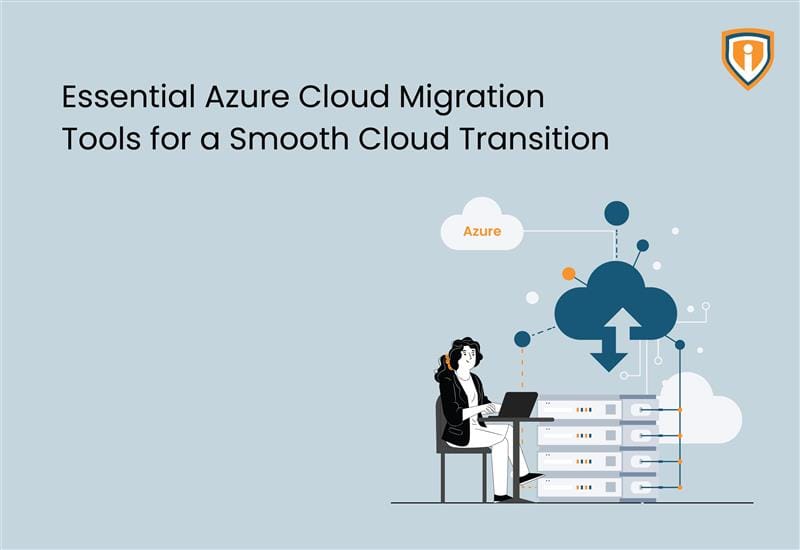The Remote Monitoring and Management (RMM) process help companies control their IT systems with locally installed applications that are monitored in real-time by remote service providers. Remote monitoring allows the IT team of the company to remain on top of incidents from wherever they are and uses automation to fill in the gaps. This process for IT maintenance allows businesses to focus on their core competencies, while IT experts monitor their systems. Here are some key benefits of an RMM Tool (remote network monitoring):
Enhanced Security
Cybersecurity has been the highest priority for businesses which makes it imperative that companies take the proper measures to keep sensitive data secure and prevent it from ending up in malicious hands. Security breaches can wreak havoc, both financially as well as to your hard-earned reputation. It can also contribute to increased downtime, which is also very costly.
When systems can be automatically monitored round the clock, threats can be more quickly detected, identified, analyzed, prioritized and dealt with accordingly. Those incidents that can be remediated without human intervention will be resolved automatically while those that require human input can be addressed by the appropriate party.
Reduced Downtime
Downtime plays a very crucial role in ensuring the cost optimization aspect for the company. Not only it can result in a direct loss of revenue, but it can also impact the company indirectly due to loss of customer trust. Internally, downtime affects productivity and morale because it impedes employees’ ability to do their jobs.
By implementing remote monitoring and IT automation, your servers can be monitored 24/7 so that the moment a potential problem arises it can either be resolved automatically or escalated and addressed remotely. This can dramatically reduce the number of times systems are inaccessible and, in many cases, prevent network downtime from occurring in the first place.
Reduced Cost of Ownership
Between the initial investment in and ongoing maintenance of hardware and software and all the expenses that go along with recruiting, hiring, training and retaining staff, it all takes a toll on your company’s bottom line. While there are certain costs associated with implementing automation, the added benefit of remote monitoring and management can help offset much of the overall cost of ownership by enabling staff to work on the network and systems at a more predictable rate.
Productivity Enhancement
Another great benefit of leveraging remote monitoring is that it increases internal productivity, not only by reducing downtime and therefore allowing employees to consistently perform their job duties without interruption but also in terms of IT operations.
With automation, manual tasks and workflows can be shifted from human to machine, freeing up talented personnel to focus their skills elsewhere. Additionally, since your systems and network will be continuously monitored regardless of staff location, you improve service levels and ultimately grow your business.
Streamlined Maintenance
It’s of critical importance that all systems, programs and applications are well-maintained and kept up-to-date with any updates, patches, security and overall health checks. When your network is properly maintained, your business will continue to run smoothly. But keeping up with this demanding task can be challenging, particularly for IT departments that are working with limited resources, either financially or staff-wise. Remote monitoring keeps track of the status of all of your technology to ensure that any issues that arise are promptly addressed.
If you want to know what an RMM Tool is why do you need it, read this blog which talks about it in a nutshell along with the key benefits of RMM. And if you want to know how Infrassist can help you by being your extended arm, visit this page to know more about our RMM services for an MSP like yours.





